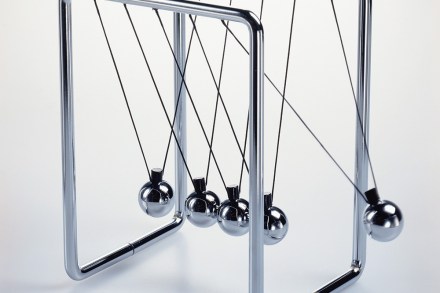The must-have novelties nobody needed
Many reviewers start work with a peek at the book’s index. Here you find Gladys Goose Lamp, Choo Choo Chain and Dynamite Candles – novelty gifts (the ‘executive toys’ of the title) that made a small fortune for their creators. You might therefore think this a very slight book – so slight that its value could be dispersed by the mildest of zephyrs. But no. With unhesitating commitment it reveals the frailty and vanity of the long-gone culture it describes. Thus, fascinating. Can anything better illustrate the sense of doom gathering in the 1980s than an executive toy created for bored Concorde passengers? They say an era is at its





